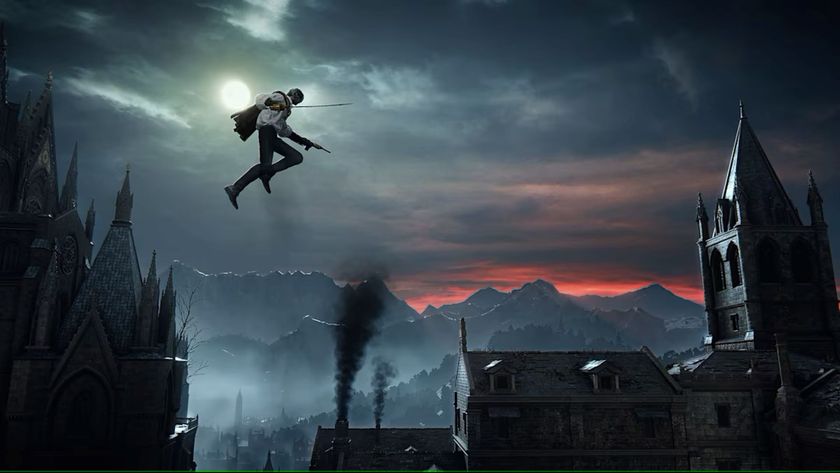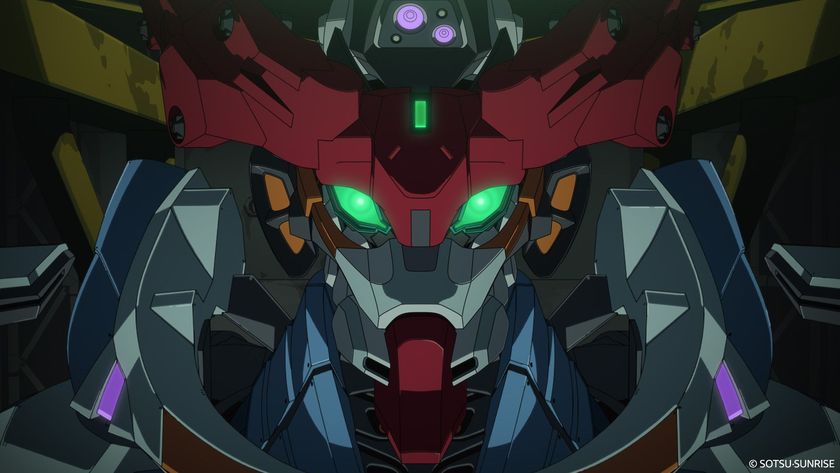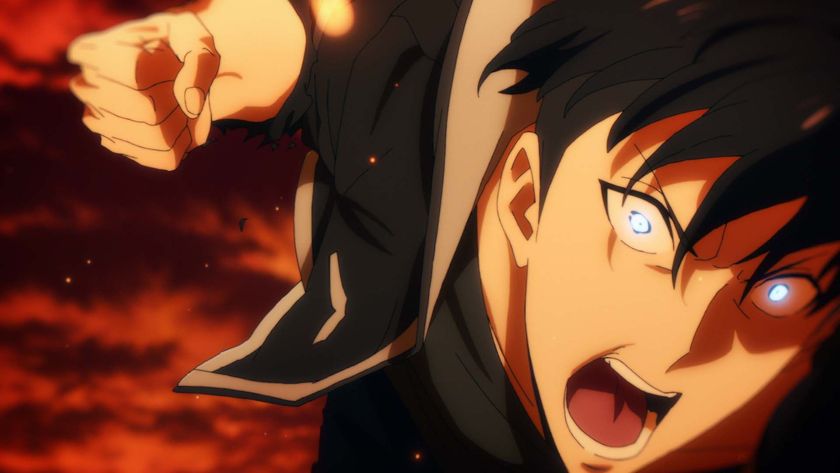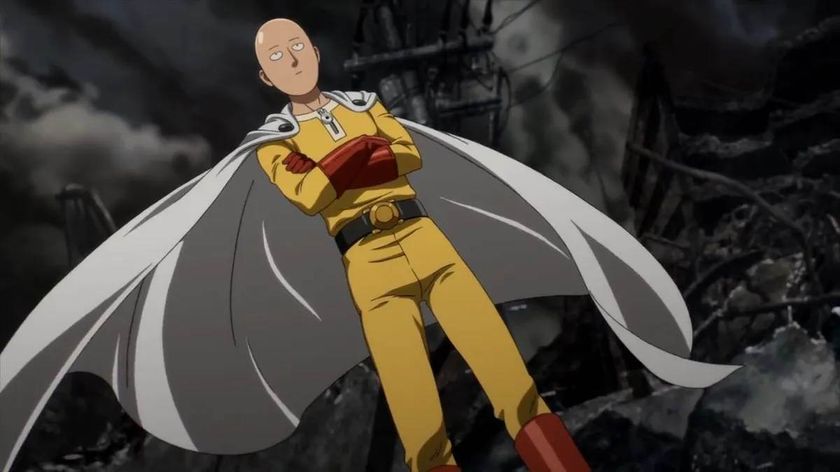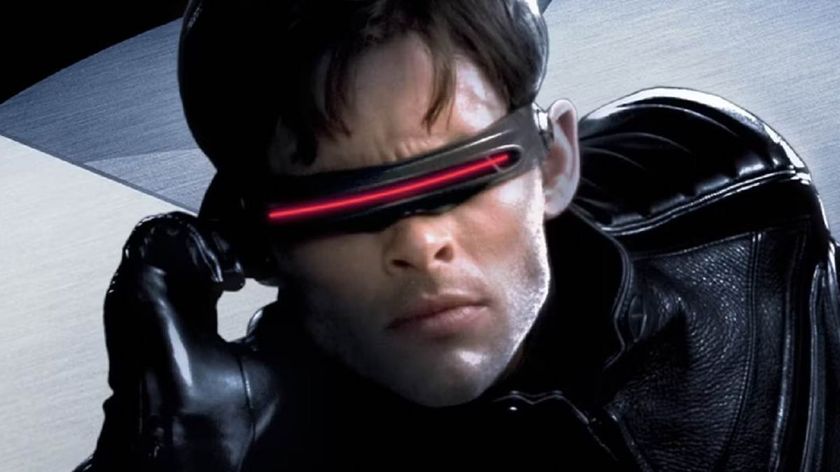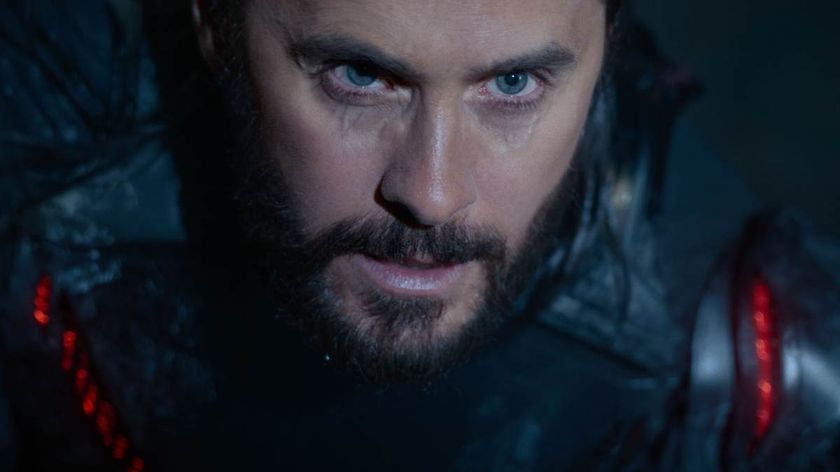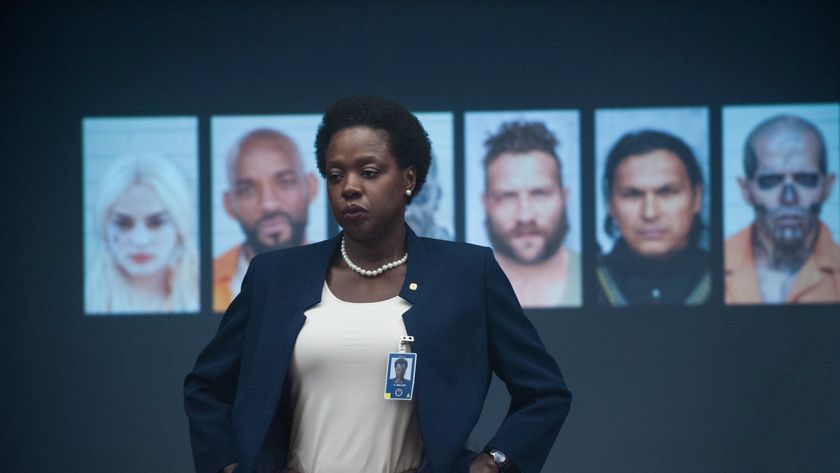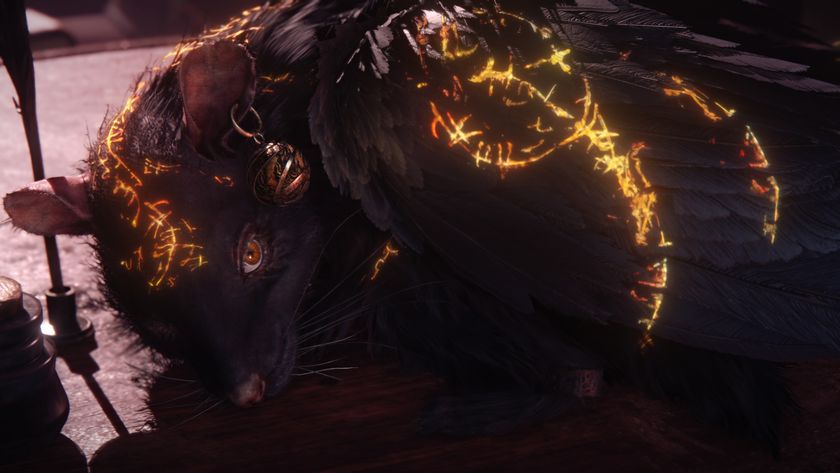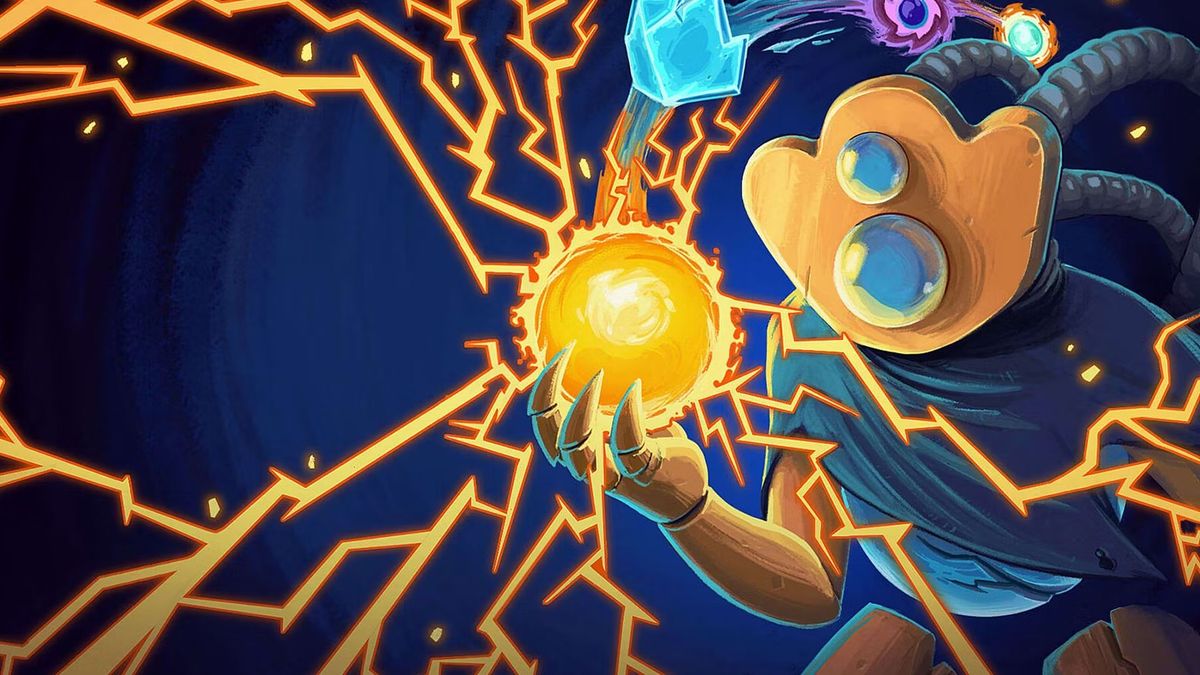
The developer of one of my favorite roguelikes says that visual issues were left in the game because the hardware they used to make it was literally too rubbish to let them see the mistakes they'd made.
Casey Yano is co-founder of Mega Crit, the studio that made the acclaimed roguelike deckbuilder Slay the Spire. The game's art style is pretty simplistic, to say the least, but the design excellence behind its internal card game systems more than makes up for that - in fact, much of the community has fallen in love with the style, and some even opt to include the game's work-in-progress card art in place of the real thing.
Unfortunately, when Yano recently took to Twitter to reveal the story behind the game's artistic issues, he wasn't talking about its so-bad-it's-good style. Instead, he was talking about various "visual compression artifacting" issues - distorted images - in some parts of the game. According to Yano, these ended up in the completed game because of the gear he used to create it. In his tweet, Yano explained that "I used two $70 monitors to develop Slay the Spire," and that he "could literally not see" the image artifacts due to the "poor color calibration and contrast" of his bargain visual setup.
I used two $70 monitors to develop Slay the Spire. This is why there are visual compression artifacts in some areas. Could literally not see them with the poor color calibration and contrast.Sorry everyone.December 29, 2023
As the reasoning behind visual issues goes, this one's pretty understandable. Slay the Spire was MegaCrit's first game, and having quit their day jobs to make it, Yano and fellow MegaCrit co-founder Anthony Giovannetti likely had a limited hardware budget. And if your screen is too cheap to let you see the bugs in your game, how are you supposed to fix them?
Thankfully, the pair is unlikely to suffer the same fate on their next game. MegaCrit is known to be working on an unannounced project, but the commercial success of Slay the Spire is likely to mean some extra cash knocking around. As of 2019, the game had sold more than 1.5 million copies - which should mean enough profit to stretch to a new display or two.
Beat the heart? Here are some more of the best roguelikes.
Sign up to the 12DOVE Newsletter
Weekly digests, tales from the communities you love, and more

I'm GamesRadar's news editor, working with the team to deliver breaking news from across the industry. I started my journalistic career while getting my degree in English Literature at the University of Warwick, where I also worked as Games Editor on the student newspaper, The Boar. Since then, I've run the news sections at PCGamesN and Kotaku UK, and also regularly contributed to PC Gamer. As you might be able to tell, PC is my platform of choice, so you can regularly find me playing League of Legends or Steam's latest indie hit.
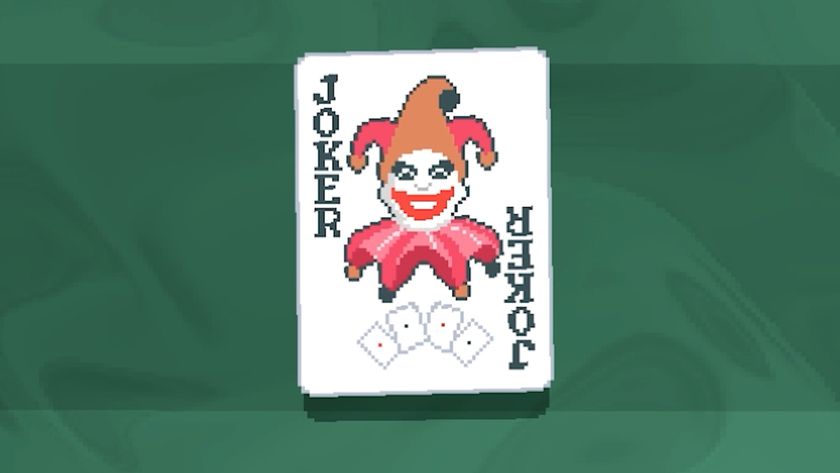
Balatro creator can finally enjoy his own roguelike after beating every deck on every difficulty: "All this time playing has killed any negative emotions I had toward it"
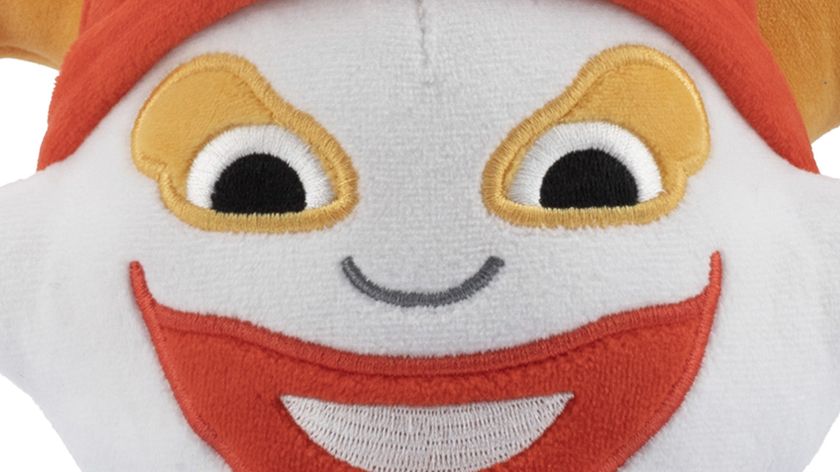
Balatro creator LocalThunk stays so anonymous, a GDC attendee couldn't believe how he "crushed" the roguelike's base difficulty: "'Wow you must have played this before!'"
